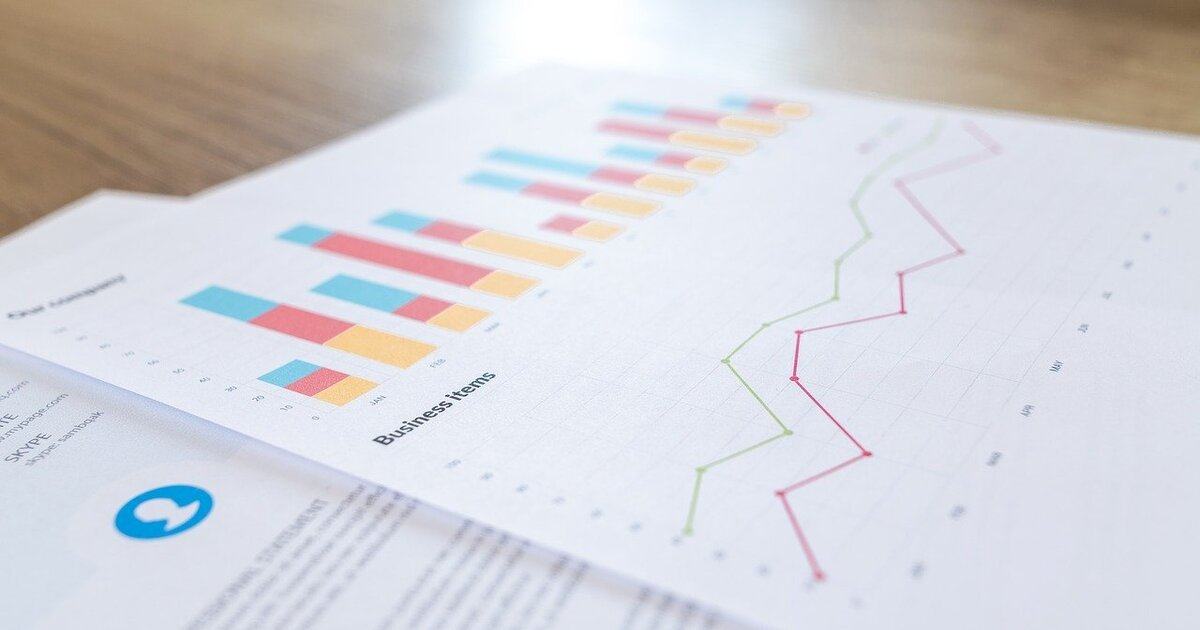Day trading can be a thrilling and profitable experience, but it also comes with a lot of risk. If you’re not careful, you could lose your entire investment overnight.
In this blog post, we’ll be discussing the risks of day trading, what day trading is, the day trading 25k rule, and how it works.
Next, we’ll provide a few FAQs on day trading so that you have all the information you need to make an informed decision. Is day trading really a Holy Grail of Trading? We’ll let you decide!
What is day trading?
Day trading is a highly-popular investment strategy that is growing in popularity day by day. It’s a form of trading in which you trade securities (stocks, bonds, etc.) over short periods of time.
The goal is to make quick and profitable trades, typically within a few minutes or hours. There are many different day trading strategies that can be used to achieve this goal.
Before you start day trading, it’s important to do your research so you know what risks are involved and how to mitigate them.
Make sure to have a trading plan and follow it religiously. If you find that day trading is becoming too risky for you, it’s always possible to switch to swing trading, options trading..
Also Read: Swing vs Scalping vs Normal trading
What are the risks of day trading?
It’s no secret that day trading can be risky. So, before you get started, it’s important to understand the risks. There are a number of factors that can contribute to losses, including market volatility and technical indicators.
It’s also important to be disciplined and have an exit strategy in place. Make sure you understand the day trading 25k rule – that is, never trade more than 25k of your account size. Finally, day trading isn’t for everyone. If you’re not comfortable with the risk, avoid day trading altogether.
Day Trading 25k Rule
Day trading is a high-risk activity that can lead to big profits or losses. The day trading 25k rule stipulates that investors must have at least $25,000 in their account in order to day trade. This rule is in place to protect novice investors from incurring too much risk.
Day trading can be a very speculative and risky activity. The rule also requires that day traders only use accounts that are designated as “day trading accounts” and that they maintain a minimum balance of $25,000 in those accounts at all times.
While the 25k rule is a good starting point, it’s not set in stone. You may find that you can risk more than 25% of your account on a trade and still be comfortable with the risk. Ultimately, it’s up to you to decide what level of risk you’re comfortable with.
How does the day trading 25k rule work?
If you’re looking to become a successful day trader, the day trading 25k rule is a simple concept that can help you make more profitable trades. The rule involves trading for at least $25,000 in a single day.
This will allow you to explore different positions and find opportunities that other traders miss. If you are able to follow the rule, it will increase your chances of making profits on your trades! So what are you waiting for? Start trading today and see for yourself how the day trading 25k rule can help you reach your trading goals!
Robinhood Day Trading
So you want to day trade? Great! But before you do, it’s important to know a little bit about day trading. Day trading is the practice of trading stocks during the day, when the stock market is open. This means you can potentially make more money by trading stocks than by trading during the night, when the stock market is closed.
But how does Robinhood compare to other brokers? Well, for one, Robinhood is a commission-free brokerage, which is great for beginner traders. Additionally, the Robinhood app has a variety of features that other brokers don’t have, like margin trading and stop-loss orders.
The 25k rule – what’s the magic number for trading stocks on Robinhood? That’s a question that has stumped many new traders.
The rule is simple – you should only trade stocks if you have at least 25,000 dollars in your account, to account for the risk of losing your investment. Are there any risks associated with day trading on Robinhood.
Why don’t day trading rules apply to futures?
Many day trading rules don’t apply to futures, which can make them more risky. For example, buying and holding stocks is considered a more conservative strategy than day trading futures because you have more certainty about the price.
This means that buyers and sellers have more certainty about the price of a futures contract than they do with stocks. Because futures contracts are standardized, arbitrageurs can profit from small changes in the underlying asset (like cotton prices).
This makes day trading futures often considered to be more risky than buying and holding stocks. However, there are still some day trading rules that do apply to futures, like never trading more than you can afford to lose. So, to maximize profits and minimize risk, always consult your day trading rules before trading futures.
Is day trading really a Holy Grail of Trading?
Is day trading really the Holy Grail of Trading? Many people believe so, and there’s good reason for it. Day trading is more volatile than other trading strategies, which can give you a higher chance of making money.
However, this volatility can also be dangerous if you’re not prepared for it. Before you start day trading, make sure you have a risk tolerance and that you’re only investing what you’re willing to lose.
It’s also important to remember that day trading is not for everyone – it’s best suited for experienced traders who are able to ride out the waves. It’s also important to trade during market hours so you don’t impact prices unnecessarily. So, is day trading the Holy Grail of Trading? That’s up to you to decide!
Frequently Asked Questions
What is the 25k rule and how did it become so popular in the trading world?
The 25k rule is an investment rule of thumb that recommends that individual investors should only invest no more than 25 percent of their net worth in any one trade. The rule originated from a study by Gerald Loeb and Wally Broussard, which analyzed the performance of more than 1,500 stocks between 1925 and 1929.
What are some of the potential risks associated with following the 25k rule?
The 25k rule may be a good strategy for some investors, it is important to be aware of the potential risks associated with this approach. For example, penny stocks. These stocks are very volatile and there is a greater chance of losing money if you invest in penny stocks.
In addition, small-cap stocks can also be volatile and may not have the same level of liquidity as larger-cap stocks.
How can I use the 25k rule to improve my trading skills?
The 25k rule is a trading strategy that market experts often use to improve their trading skills. The rule states that successful traders should trade 25K shares of a stock or commodity each day.
Does the 25k rule actually work?
Yes, It works. It’s a rule of thumb and If you use it effectively, It can earn you good amount of money in no time.
Conclusion
It is no secret that day trading is a high-risk activity. However, many people believe that day trading the stock market can be a Holy Grail of trading if you follow the day trading 25k rule.
So, what are you waiting for? Start day trading today and see for yourself how this risky activity can become your dream come true!











Greetings! Very useful advice within this article! It is the little changes that produce the most significant changes. Thanks for sharing!